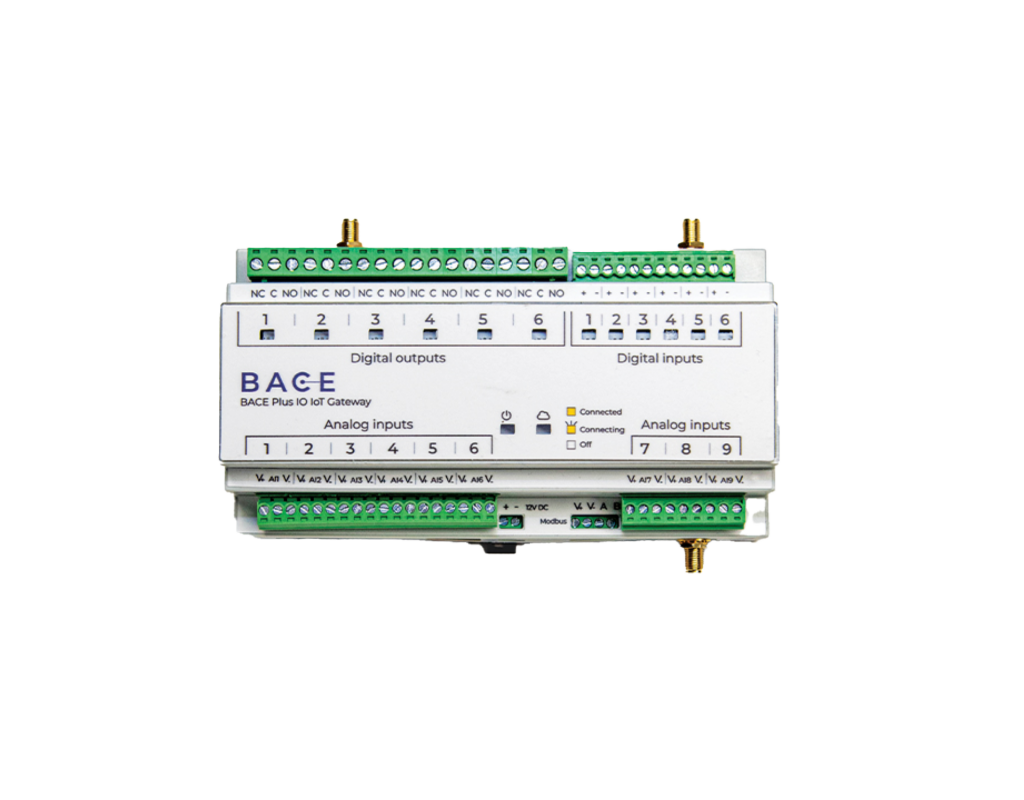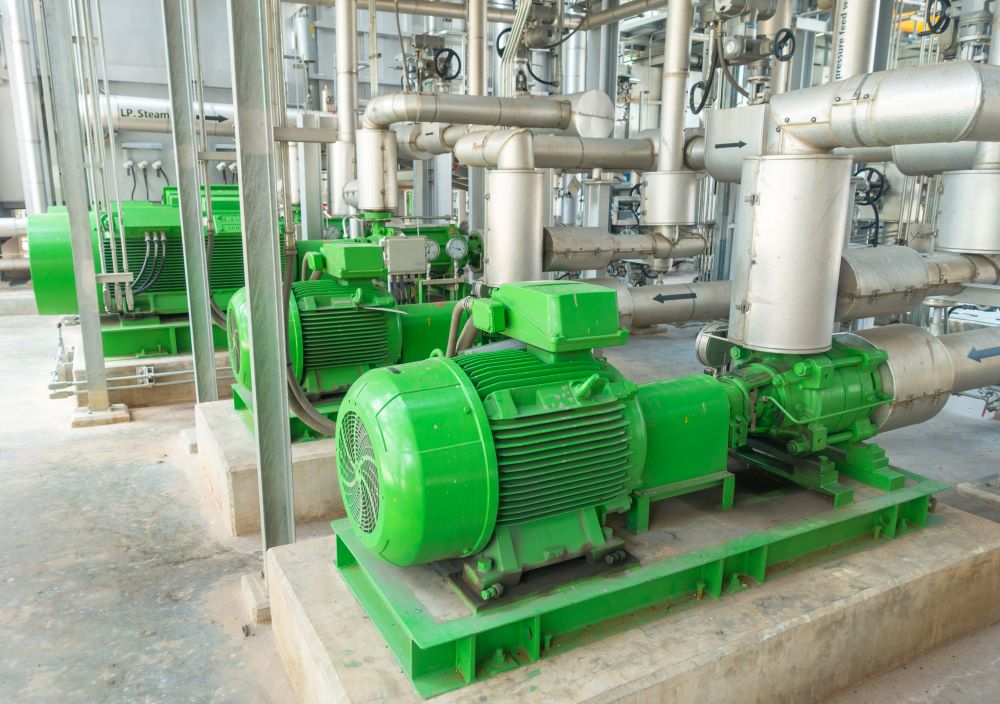Electricity sub-metering provides companies with detailed information about the energy use of specific equipment or areas of a facility. This information enables them to identify the larger energy users, and provides insights in how to reduce consumption. Questions such as when the energy is consumed, if inefficient operating processes contribute to higher energy use, and if specific equipment should be retrofitted or replaced by energy efficient alternatives can all be addressed. In the end this reduces costs, but also:
- Contributes to the ESG objectives
- Reduces the dependence on the electricity grid
- Makes it easier to comply with new regulations, such as CSRD
With BACE it is easy to start. The BACE IoT Gateway can be connected to energy meters through various protocols and once connected the gateway automatically transmits the energy data to a platform in the cloud – via a cellular or LAN connection. This data can be monitored through an on-line dashboard and stored. The data can be downloaded for reporting purposes.
Sub-Metering with BACE
The BACE IoT Gateway can connect to:
- The control system of a device or machine, if energy consumption is already monitored there – for example via Modbus
- One or more CT Clamps – current sensors that can be clamped around a supply cable and measure the current through those cables
- One or more single-phase or three-phase electricity meters that are installed in the supply cables
- The P1 port of smart energy meters
- [For 230V] One or more wireless Z-Wave plugs that can be placed between the plug of a device and the socket, and that continuously measure how much power is used by the device
An interruption of the operating process is only needed when installing the single-phase and three-phase electricity meters, because the power supply is briefly disconnected during the installation. In all other cases, sub-metering can be installed without disrupting the process.
From Monitoring to Management: Optimization and Control
The collected data can be used to reduce unnecessary energy losses and improve inefficient machines. This can be expanded with automatic controls that can achieve even more energy savings. Examples include control based on the electricity price, control based on process parameters and control based on the availability of self-generated (solar) energy.

Dynamic Control with Dynamic Electricity Price
The BACE Platform in the Cloud is connected to the EPEX from which it retrieves the dynamic electricity prices every day. With this data it is possible to realize smart controls, for example by temporarily switching off energy users when the price is high, or making them work a little harder when the price is low. These controls can be activated via the same BACE IoT Gateway.
Dynamic Control based on Process Parameters
The BACE IoT Gateway is also available with Analog and Digital Inputs, which can connect to which sensors. With this variant, for example, PT100/PT1000 temperature sensors can be read. It is then possible to regulate the energy users based on process values.
Dynamic Control based on your own (Solar) Energy
The BACE IoT Gateway can be connected to the inverters of a solar energy installation, or the data logger that is often used in such systems. Real-time information about the current production of electricity by this installation can then be used to switch energy users on or off, or to temporarily change set points.
Setting alarms when energy consumption exceeds a certain value, or when it is lower than expected, is also possible, with alerting via SMS or email.
